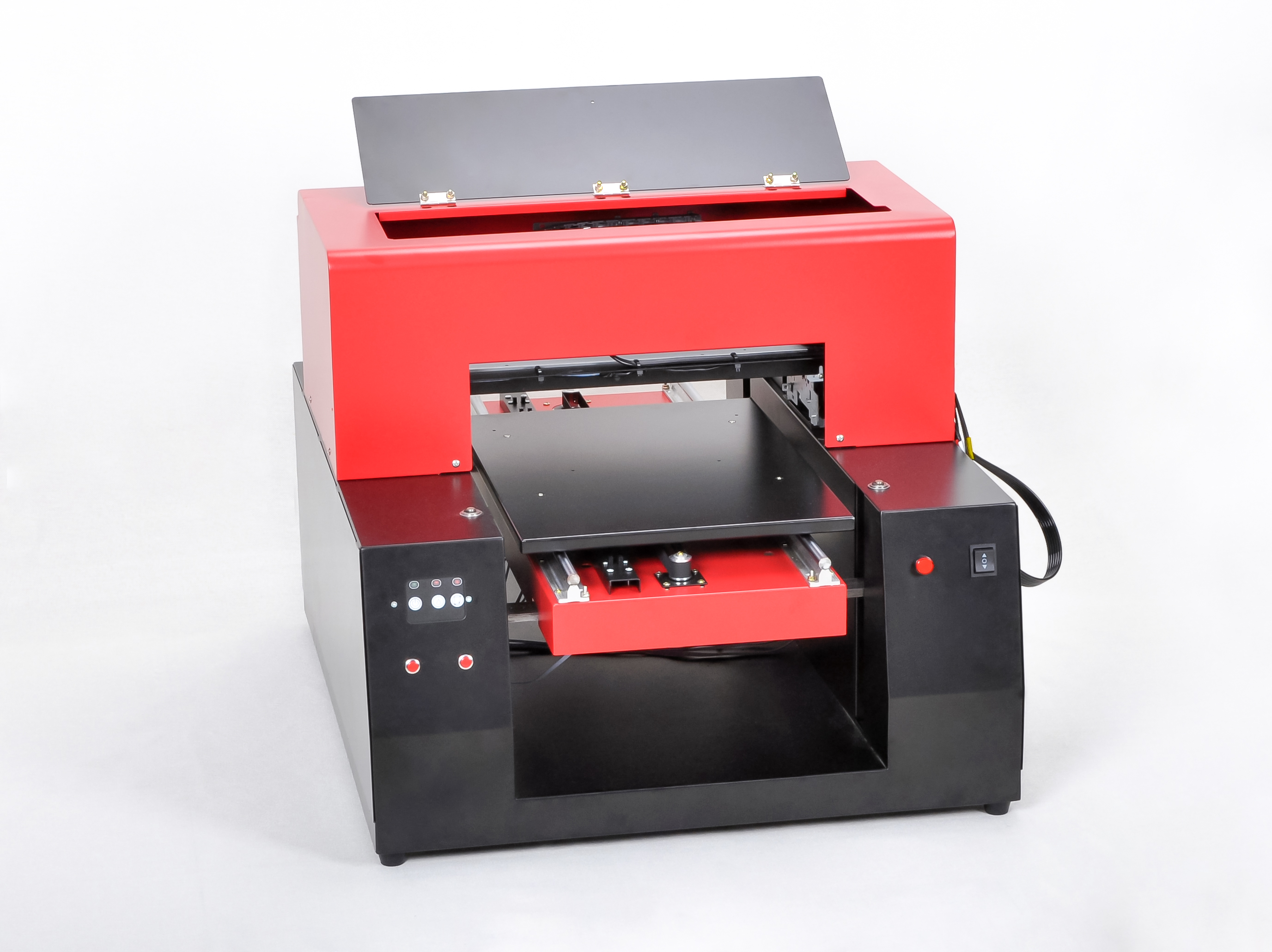Flexographic printing is a printing process that has developed rapidly in recent years. The graphic part of the printing plate is higher than that of the non-graphic part, and it has flexibility, which can better express the subtle levels and contours of the graphic part. In addition, its applicable printing materials are very wide. In addition to traditional paper, some non-absorbent printing materials, such as plastic film, aluminum foil composite paper, cellophane, etc., can also be used for flexographic printing.
In addition to the problems of coloring, curing, and adhesion, the use of UV inks for flexographic printing must also pay attention to the effects of ink components on ink viscosity and rheology, so as to obtain better printability and stability.
The flexographic printing process determines that the UV ink used should not have a high viscosity. Traditional flexographic printing inks are solvent-based and water-based. A large amount of solvent or water is required to adjust the viscosity. Due to the large amount of solvents used, most flexographic printing inks are similar to Newtonian fluids in terms of rheology, which will cause the ink to settle and become unstable. Therefore, the appropriate thixotropy can be given to the flexographic printing ink to prevent pigment flocculation and sedimentation.
UV flexographic printing inks use reactive diluents to reduce the viscosity of the system. Therefore, the overall viscosity may be higher than solvent-based flexographic printing inks.
Although the viscosity of UV flexographic printing inks is lower than screen printing and offset printing inks, the addition of pigments will increase the viscosity, especially when the wetting, dispersion, and stability of the pigments are not well handled.
In addition, the effect of pigments on ink rheology is more important, and proper thixotropy is beneficial, because when the molecular crosslinking inside the ink reaches a certain degree and pseudo plasticity occurs, the ink system without pigment dispersion stabilizers, in On the high-speed running ink roller, the viscosity will drop sharply, but when it leaves the printing roller and enters the printing part with relatively low speed, the viscosity will rise quickly, and the wetting effect on the substrate surface is too poor to be suitable for printing.
The ink containing a suitable dispersion stabilizer has a certain stability, and its viscosity is not high. After high shear, the viscosity rises slowly, and the printing adaptability is good.
Golf Ball Printer can print on any materials like Textile,Plastic,Leather,Glass,Metal,Acrylic,etc.,also our UV Printer can print any materials except textile without coating,more details,please contact with us.
More detial:
1. This machine wide application of personalized print: Suitable for printing on gifts, badges, signs, glasses, hair grip,
cards, leather, PVC board, crystal, wood, metal, U disk, mobile phone cases, IPAD cases and other materials.
2. Compared with those modified from R1290/1390 or R1900, our uncoated flatbed printer modified from
Epson R2000 with brand new motherboard and controller board, high resolution and stable performance.
3. Automatic height adjustment, moulding aeronautical aluminum alloy structure ensures good accuracy
and alignment.

|
Name |
Golf ball printer |
|
Print head |
DX5 |
|
Printer size |
33*43cm(33*60cm) |
|
Printing speed |
A4 photo/111s |
|
Printng resolution |
5760*1440dpi |
|
Nozzles |
90*6=540 |
|
Interface |
USB2.0 |
|
Net weight/Gross weight |
55Kg/60Kg |
|
Printer size |
750*630*510mm |
|
Height adjustment |
Automatic |
|
Working power |
110V/220V 50/60Hz 30-75W |
|
Operation system |
Windows 7/XP/2000/Vista etc |
|
Temperature |
5-35o |
Golf Ball Printer
Golf Ball Printer,6 Colors Golf Ball Printer,A3 Golf Ball Printer,Golf Ball Digital Printer,Golf Ball UV Flatbed Printer
Shenzhen Refinecolor Technology Co., LTD. , https://www.rfcprinter.com